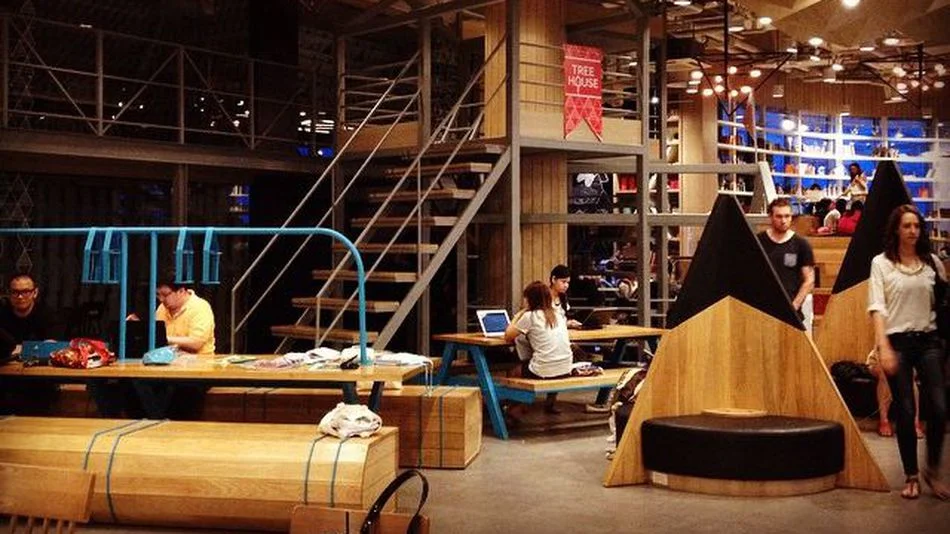Three years might as well be 50 in startup land. It’s hard to say precisely where New York City’s tech community will be by the time 2020 rolls around, but living in the Big Apple certainly doesn’t look to be getting any easier for recent grads looking to make a name for itself.
As Fast Company notes in a new profile on the upcoming 14th @ Irving workspace, the whole “Silicon Alley” concept has been nebulous one at best in a city that hasn’t traditionally be the most accommodating to news businesses.
But the $250 million, 254,000-square-foot project could, at very least offer a sort of hub as New York looks to further open itself to startups.

























